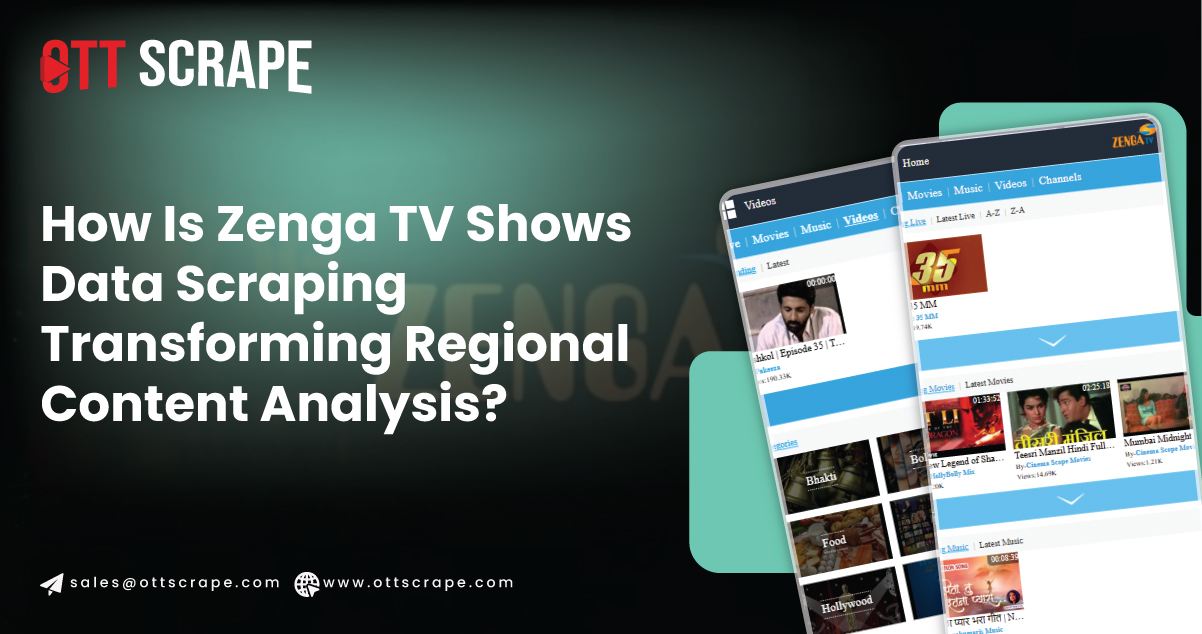
Introduction
In today's rapidly evolving digital entertainment landscape, understanding viewer behavior, content preferences, and regional trends is crucial for media stakeholders. One rising platform in India's OTT space is Zenga TV, a mobile-first streaming service offering live TV, regional programming, and popular shows across various languages and genres. While it may not rival global giants like Netflix or Amazon Prime, Zenga TV significantly reaches regional and mobile-first audiences, particularly in Tier 2 and Tier 3 cities.
This is where Zenga TV Shows Data Scraping becomes invaluable. By extracting structured content data from the Zenga TV platform, organizations can access rich datasets that can shape content strategies, marketing efforts, and audience engagement initiatives. Whether it's show titles, genres, or viewer interaction metrics, Zenga TV Data Scraping empowers businesses and researchers with actionable insights.
Using web scraping Zenga TV Streaming Data, one can uncover emerging content trends, track regional audience preferences, and analyze competitive programming. This data-driven approach supports smarter decision-making across advertising, content creation, and market research, making it a vital tool in today's media ecosystem.
Why Focus on Zenga TV?
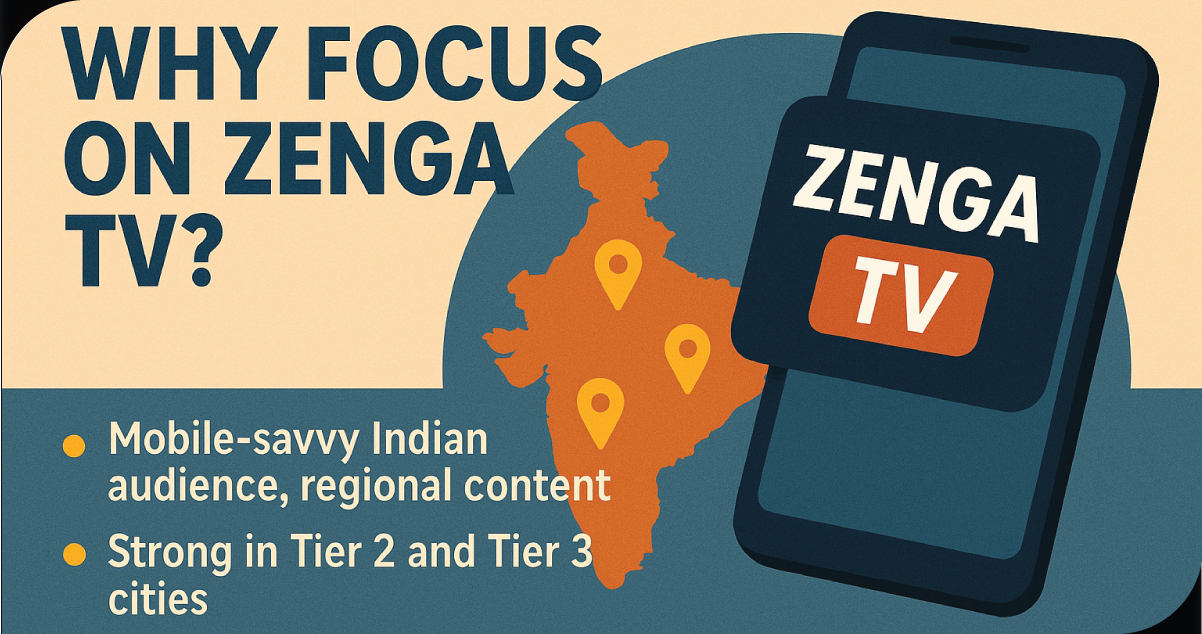
Zenga TV has carved a niche by catering to the mobile-savvy Indian audience, offering a mix of regional TV, movies, and popular shows. It is particularly strong in Tier 2 and Tier 3 cities, with content in Hindi, Punjabi, Tamil, and other Indian languages. This makes it a goldmine for marketers and content creators targeting local demographics.
From a data standpoint, Zenga TV provides an opportunity to understand what kinds of shows are trending in smaller cities, what genres are gaining momentum, and which actors or channels are gaining popularity. Scraping this data can reveal real-time preferences and shifting viewer habits that aren't visible on global streaming platforms.
What is Zenga TV Shows Data Scraping?
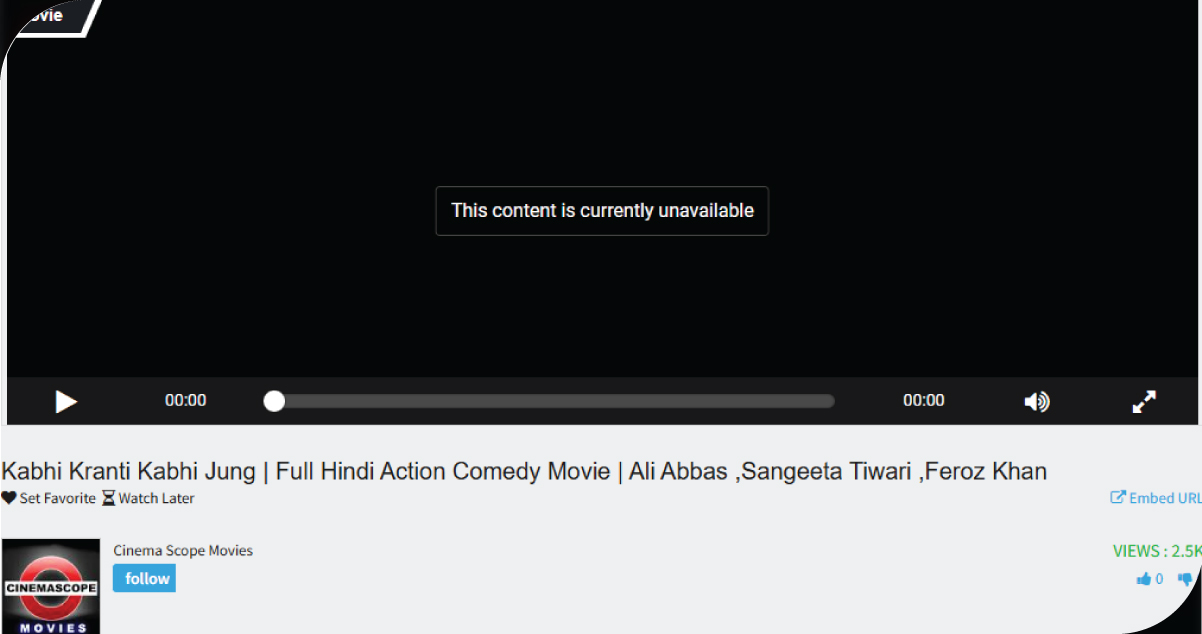
Zenga TV App Data Extraction refers to the automated collection of data related to TV shows listed or streamed on the Zenga TV platform. This data can include:
- Show titles
- Language and genre classification
- Viewership ratings or likes
- Time slots and airing schedules
- Actor and crew details
- Episode names and release dates
- Thumbnail images and show descriptions
This structured data can be aggregated and analyzed to build detailed profiles of content popularity, time-based consumption trends, and viewer engagement patterns.
Who Benefits from Zenga TV Data Scraping?
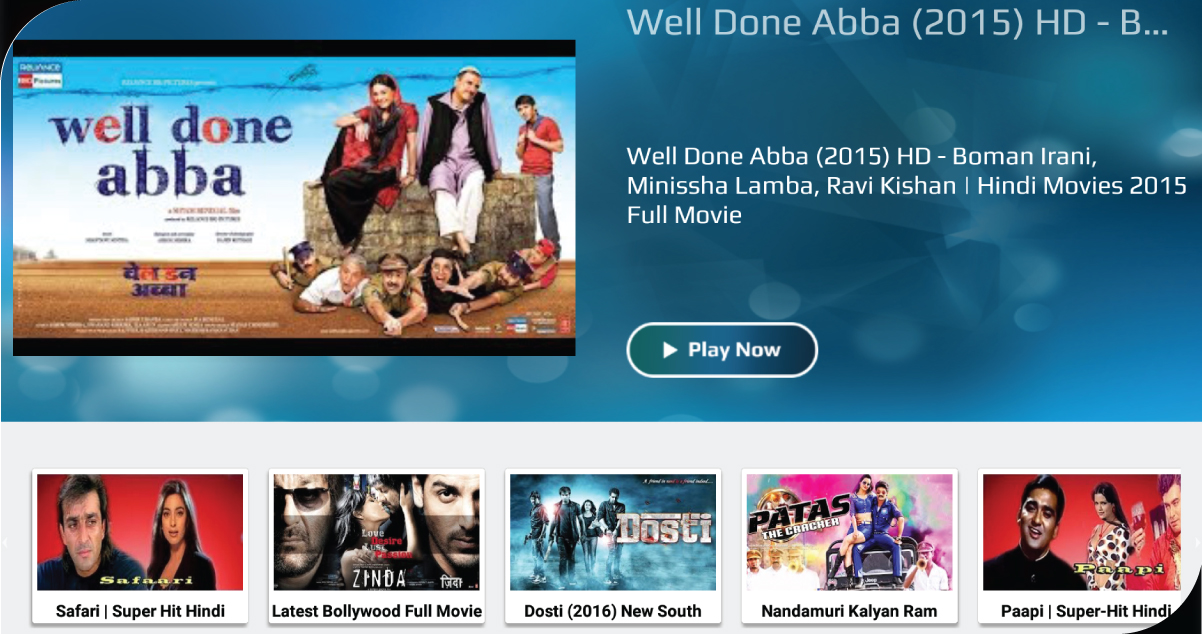
The wide-ranging scope of Zenga TV data offers immense value across multiple sectors, especially in today's data-driven media landscape. Leveraging insights through Zenga TV Web Series Data collection allows stakeholders to make informed, strategic decisions. Here's an in-depth look at how various industries can benefit from accessing and analyzing this information:
- Media Analysts and Research Firms: The ability to Extract Zenga TV Movies & Shows Data is a powerful asset for media analysts and research organizations. These professionals can analyze detailed patterns in viewer behavior based on factors like language preferences, genre popularity, and prime-time content performance. Analysts can uncover how regional content consumption is evolving by examining historical and real-time data. Such insights are instrumental in creating market intelligence reports highlighting local entertainment ecosystems' growth, content format trends, and the regional impact of mobile-first streaming platforms.
- Content Creators and OTT Producers: Content creators and digital producers benefit significantly from analyzing Zenga TV Web Series Data. By understanding which web series or short-format content captures the audience's attention, creators can tailor their output to suit hyperlocal tastes. OTT producers also gain the upper hand by identifying emerging content themes, top-performing genres, and popular actor combinations. This can lead to collaborative opportunities with regional artists or even licensing deals for top-performing shows, increasing visibility and reach within the regional entertainment market.
- Advertising Agencies: Advertising agencies thrive on segmentation and targeted outreach, and having access to Zenga TV Live Streaming Shows Data can revolutionize campaign planning. Knowing what kind of live shows attract the most engagement—be it spiritual, music-based, or regional news programs—allows for strategic ad placements. Agencies can align brand messaging with relevant content categories and demographics. Moreover, the granular insights into show timing, viewer location, and genre preference help maximize ROI through hyper-targeted campaigns and efficient budget allocation.
- Startups and Recommendation Engines: In the era of AI-driven personalization, startups in the tech and media space can gain a substantial advantage by building on a comprehensive Zenga TV Shows Dataset. These datasets serve as training material for machine learning algorithms, helping them understand regional content dynamics. With such enriched data, recommendation engines can offer more relevant suggestions to users by incorporating language preferences, seasonal trends, or trending shows. This enhances user experience and boosts engagement and retention rates for streaming apps and content platforms.
- Academic Researchers: Academic institutions and linguistics, sociology, or media studies scholars can harness Zenga TV data to study cultural shifts, storytelling techniques, and regional content evolution. The ability to Extract Zenga TV Movies & Shows Data enables researchers to observe how television reflects social issues, language diversity, and traditional vs. modern values in India. These insights can inform scholarly papers, cultural studies, and policy recommendations on regional content development and media consumption patterns.
- Market Analysts and Financial Consultants: While content and audience data are crucial, access to Zenga TV Subscription & Pricing Data is equally essential. Financial analysts and consultants can evaluate the affordability and competitive positioning of Zenga TV's pricing models compared to other OTT platforms. By studying pricing tiers, regional penetration, and subscription trends, they can forecast growth potential, identify monetization opportunities, and advise on pricing strategies that align with regional market demands.
Types of Data You Can Extract
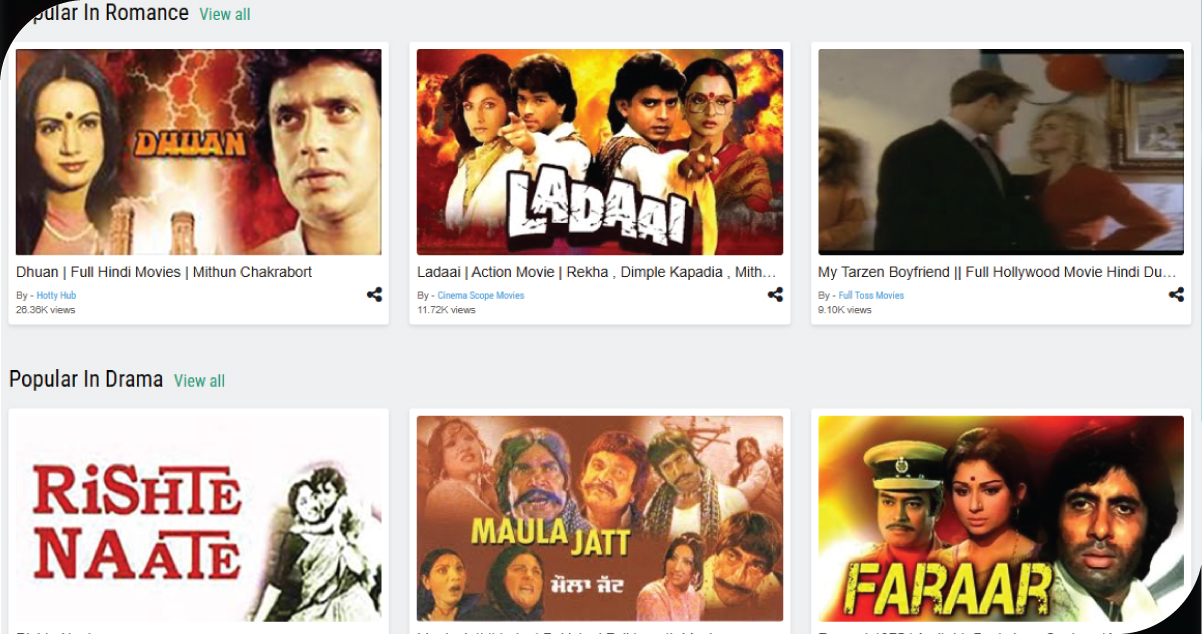
Scraping data from Zenga TV shows opens access to several valuable attributes. These include:
- Show Metadata: Titles, descriptions, actors, directors, language, release year.
- Categorization Data: Genre (comedy, drama, action, spiritual), target audience.
- Streaming Schedule: Live or on-demand, time-based airing slots.
- Popularity Indicators: Views, likes, comments, trending status.
- Visual Assets: Posters, thumbnails, and banner images for visual mapping or AI tagging.
Such comprehensive data empowers organizations to build dashboards, monitor engagement in real-time, and even develop competitive benchmarking tools.
Use Cases of Zenga TV Shows Data
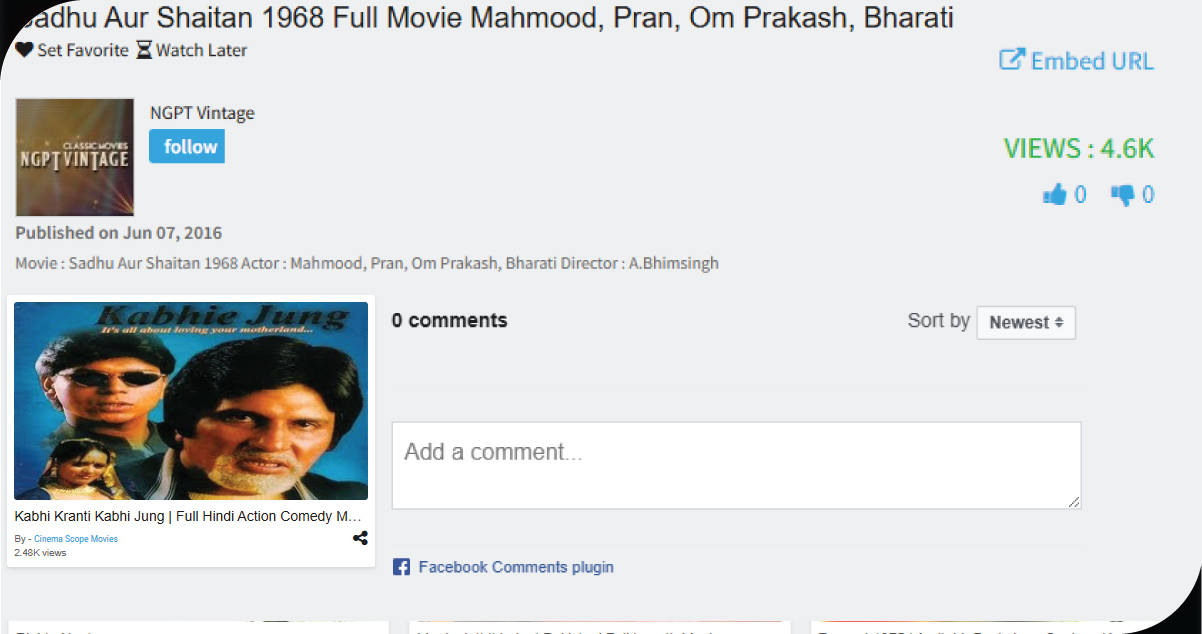
The real value of data scraping lies in its use. Here are some impactful use cases for Zenga TV data scraping:
- Regional Trend Analysis: One of the most exciting applications is identifying regional entertainment trends. For instance, analyzing scraped data might reveal that comedy shows in Bhojpuri are gaining traction in a specific region, prompting advertisers to rethink campaign targeting or OTT platforms to acquire similar content.
- Content Gap Identification: Detailed data makes it possible to spot missing content categories or underrepresented genres. Creators can use this insight to develop unique content that fills those gaps and appeals to untapped audiences.
- Competitor Intelligence: Zenga TV often features syndicated content from other channels. Scraping show listings can help competitors or content syndicators understand what types of shows are being licensed or re-aired and who the content partners are.
- Audience Sentiment Tracking: If engagement indicators like likes, views, or comments are scraped and tracked over time, it is possible to gauge audience sentiment toward a show or genre. This information is valuable for real-time decision-making in programming or advertising.
- Machine Learning & AI Applications: For those building media AI tools, such as automatic genre classification or sentiment analysis, Zenga TV data can serve as a diverse dataset to train models—especially in Indian languages that are often underrepresented in global media AI datasets.
Ethical and Legal Considerations
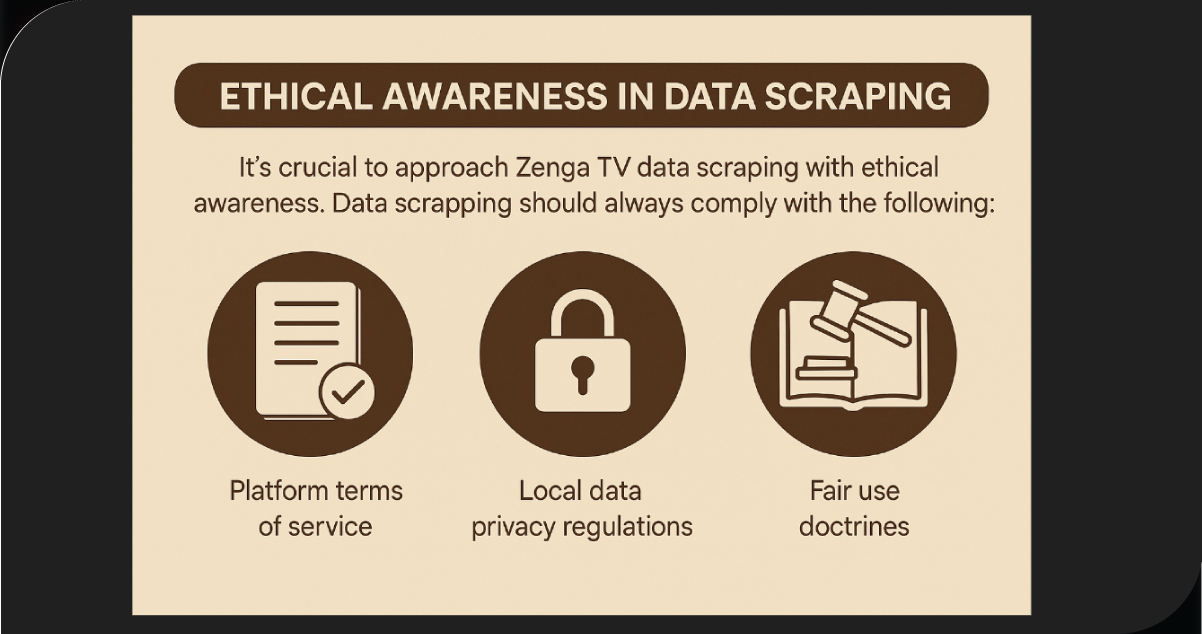
While the benefits are immense, it's crucial to approach Zenga TV data scraping with ethical awareness. Not all data is meant to be publicly consumed or used for commercial purposes. Data scraping should always comply with the following:
- Platform terms of service
- Local data privacy regulations (e.g., India's DPDP Act)
- Fair use doctrines
Using data responsibly protects the scraper from legal consequences and ensures a long-term, respectful relationship with the data source.
It's also important to avoid aggressive scraping methods that might overload Zenga TV servers or interfere with their operations. Respect for robots.txt, API rate limits, and ethical data extraction policies ensures the process is sustainable.
The Road Ahead: Data-Driven Entertainment
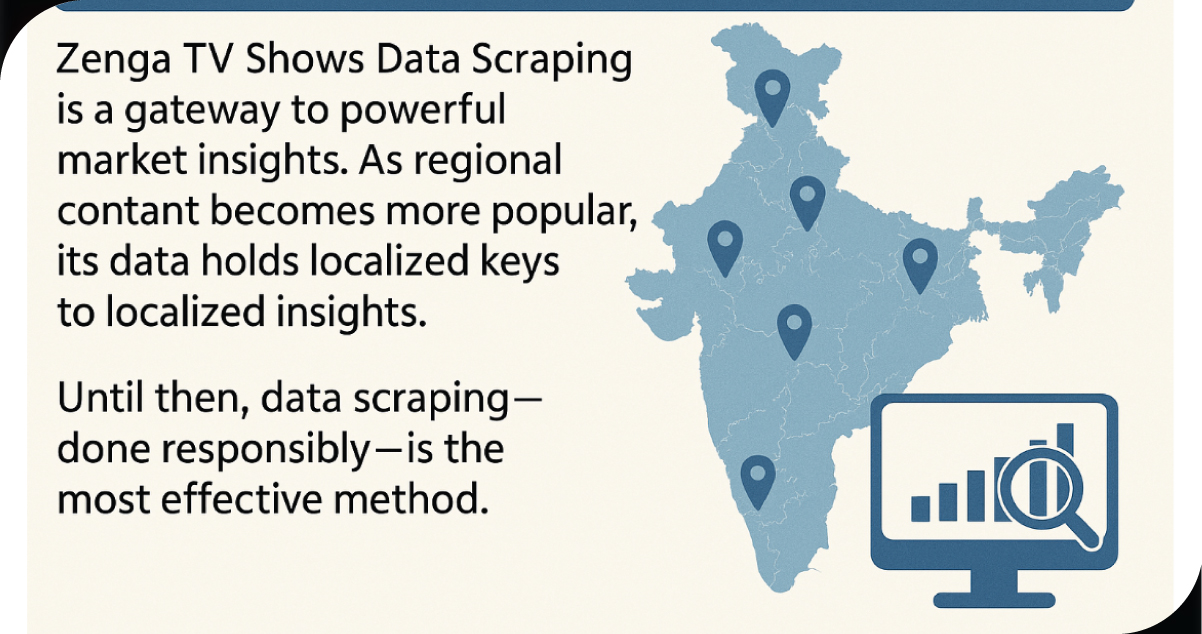
Zenga TV Shows Data Scraping is not just a technical activity—it's a gateway to unlocking powerful market insights. In a digital world where attention is the most valuable currency, knowing what captures your audience's interest is priceless. By mining this data, businesses and creators are empowered to stay ahead of trends, make more innovative content investments, and engage their audiences on a deeper level.
As regional content grows prominence and viewers diversify their tastes, Zenga TV's data will become even more vital. Whether you're an advertiser planning a campaign in Patna, a YouTube creator researching trending topics in Punjab, or a researcher studying cultural shifts through television, Zenga TV data holds the keys to rich, localized insights.
In the future, we may see platforms like Zenga TV open up APIs or offer data analytics services themselves. Until then, data scraping—done responsibly—remains the most effective way to extract structured intelligence from the platform.
How OTT Scrape Can Help You?
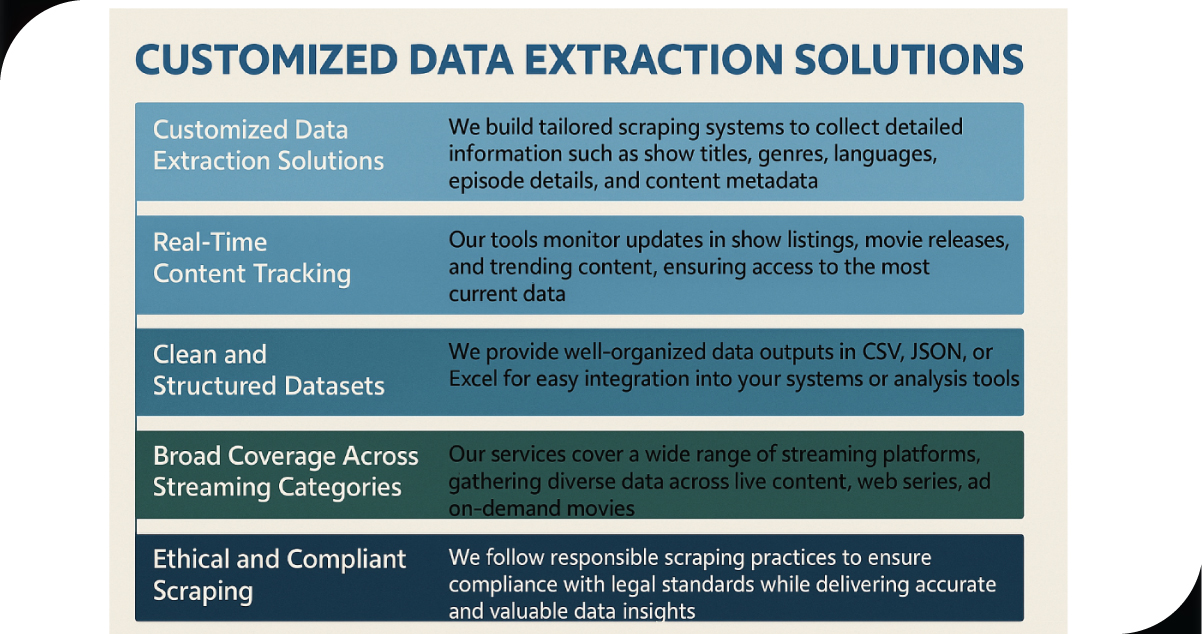
- Customized Data Extraction Solutions: We build tailored scraping systems to collect detailed information such as show titles, genres, languages, episode details, and content metadata.
- Real-Time Content Tracking: Our tools monitor updates in show listings, movie releases, and trending content, ensuring access to the most current data.
- Clean and Structured Datasets: We provide well-organized data outputs in CSV, JSON, or Excel for easy integration into your systems or analysis tools.
- Broad Coverage Across Streaming Categories: Our services cover a wide range of streaming platforms, gathering diverse data across live content, web series, and on-demand movies.
- Ethical and Compliant Scraping: We follow responsible scraping practices to ensure compliance with legal standards while delivering accurate and valuable data insights.
Conclusion
Zenga TV shows data scraping is an invaluable strategy for gaining competitive insights in a market that thrives on hyper-local content and regional storytelling. As digital India continues to evolve, tapping into platforms like Zenga TV isn't just smart—it's essential. By responsibly scraping and analyzing show data, stakeholders can unlock trends, build predictive models, enhance user experiences, and fuel the next wave of content innovation.
If you're in the media, analytics, or entertainment space, now is the time to scrape Zenga TV Web Series & Movies Data and explore its opportunities.
Embrace the potential of OTT Scrape to unlock these insights and stay ahead in the competitive world of streaming!
